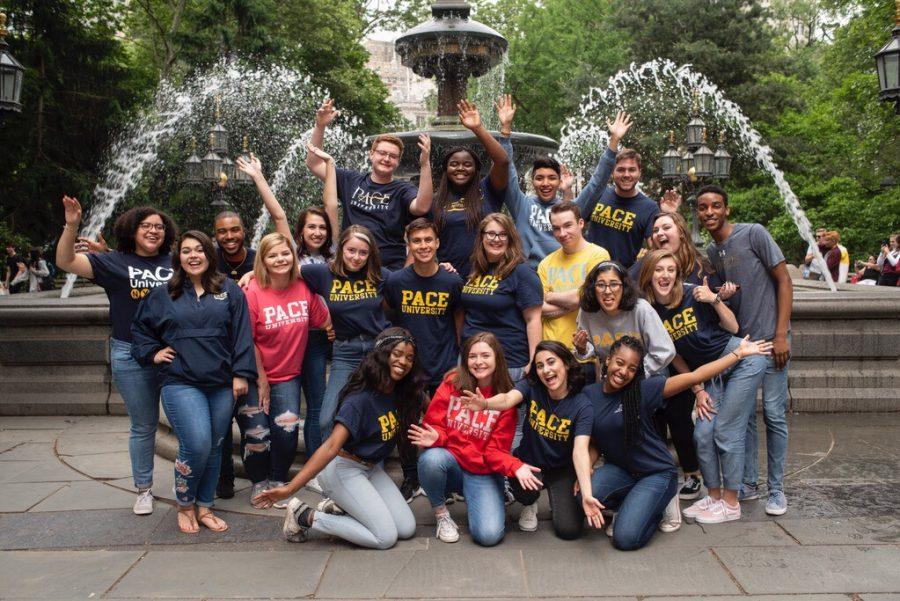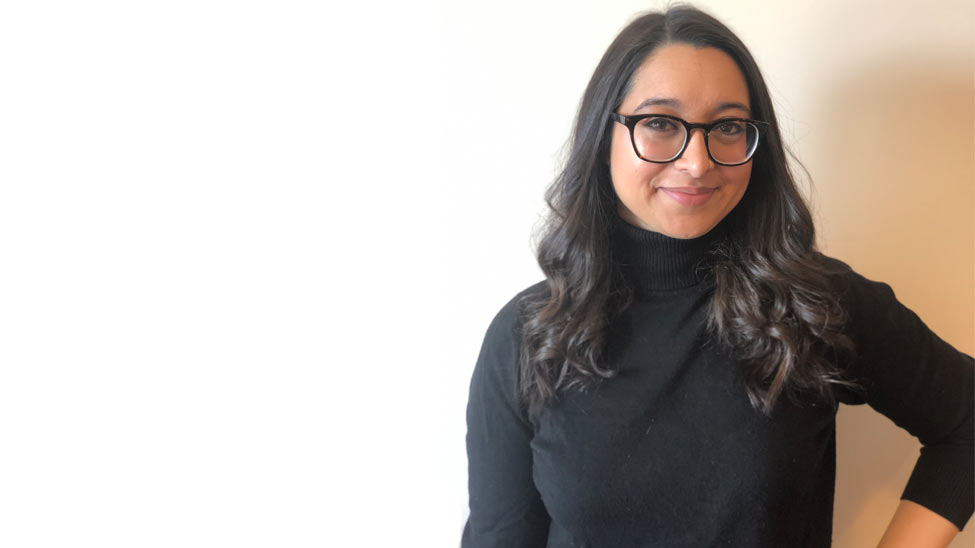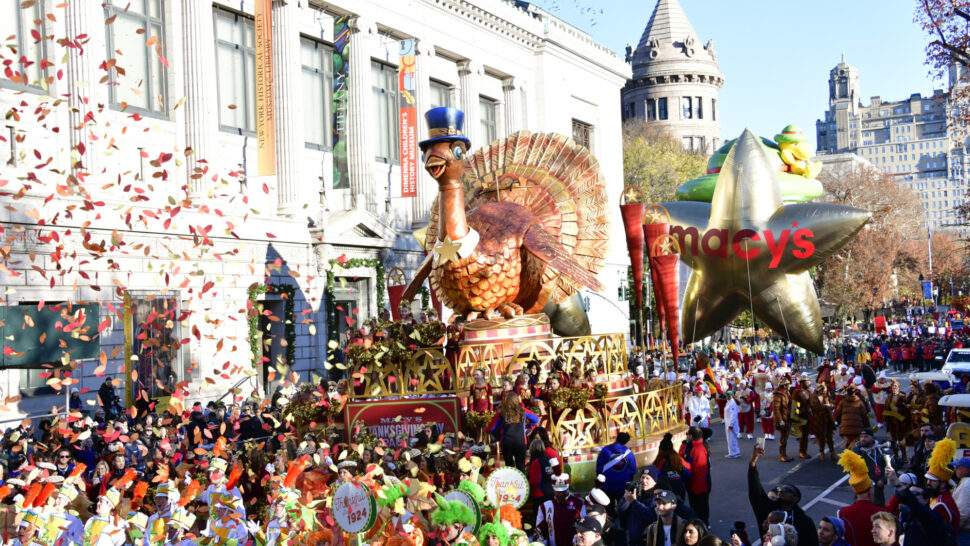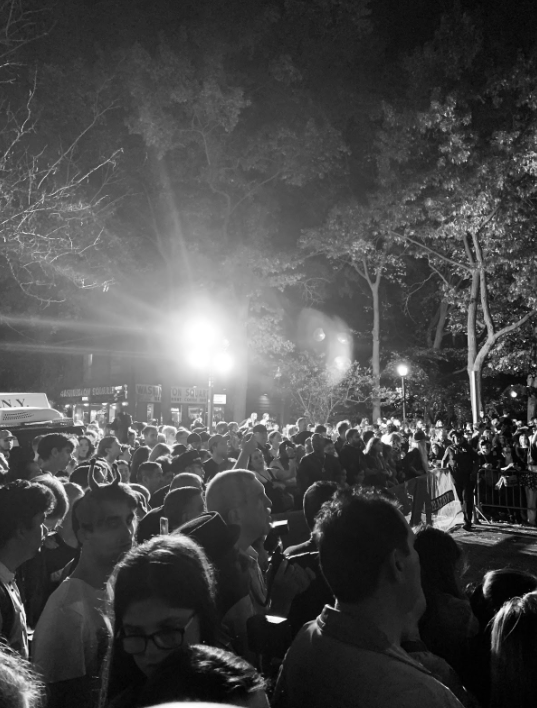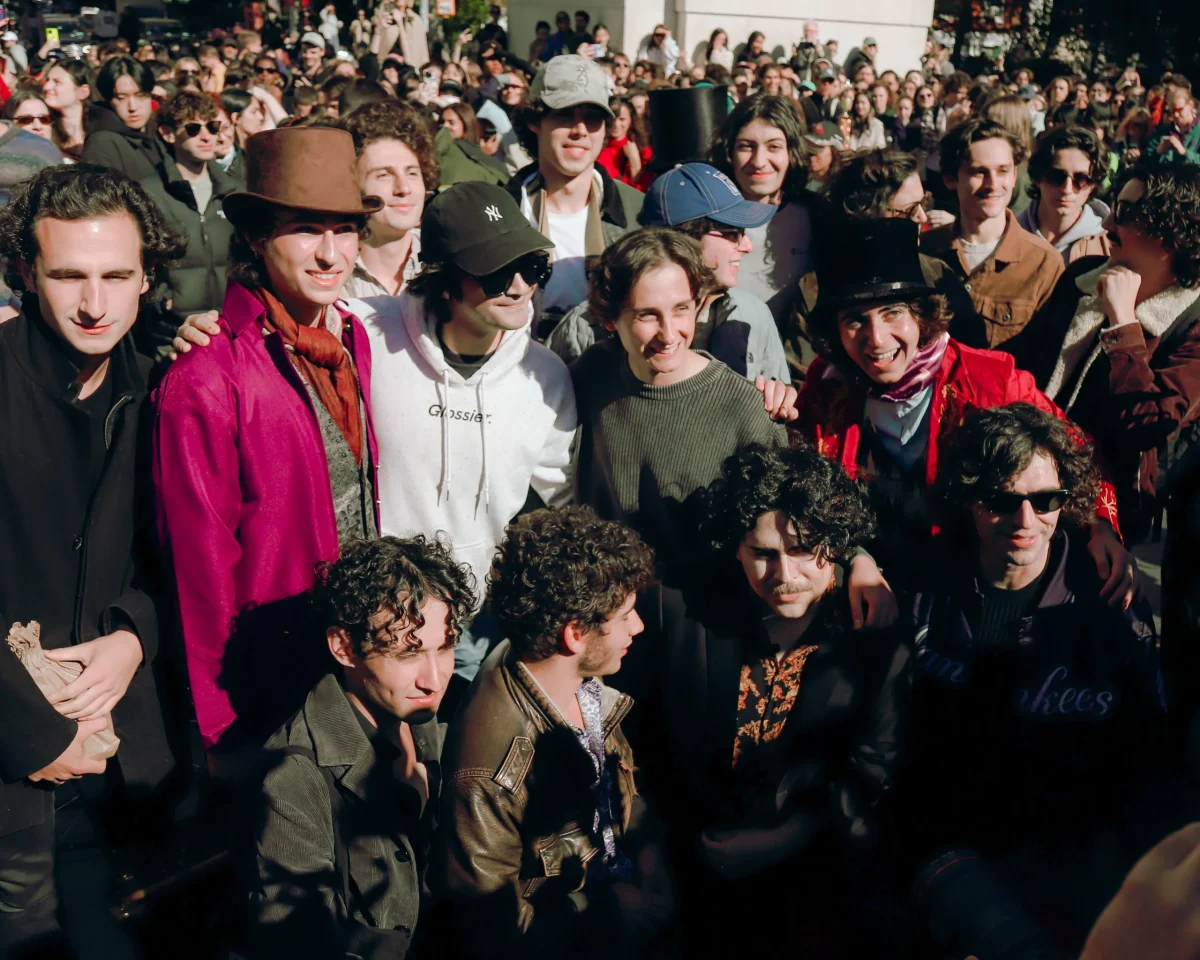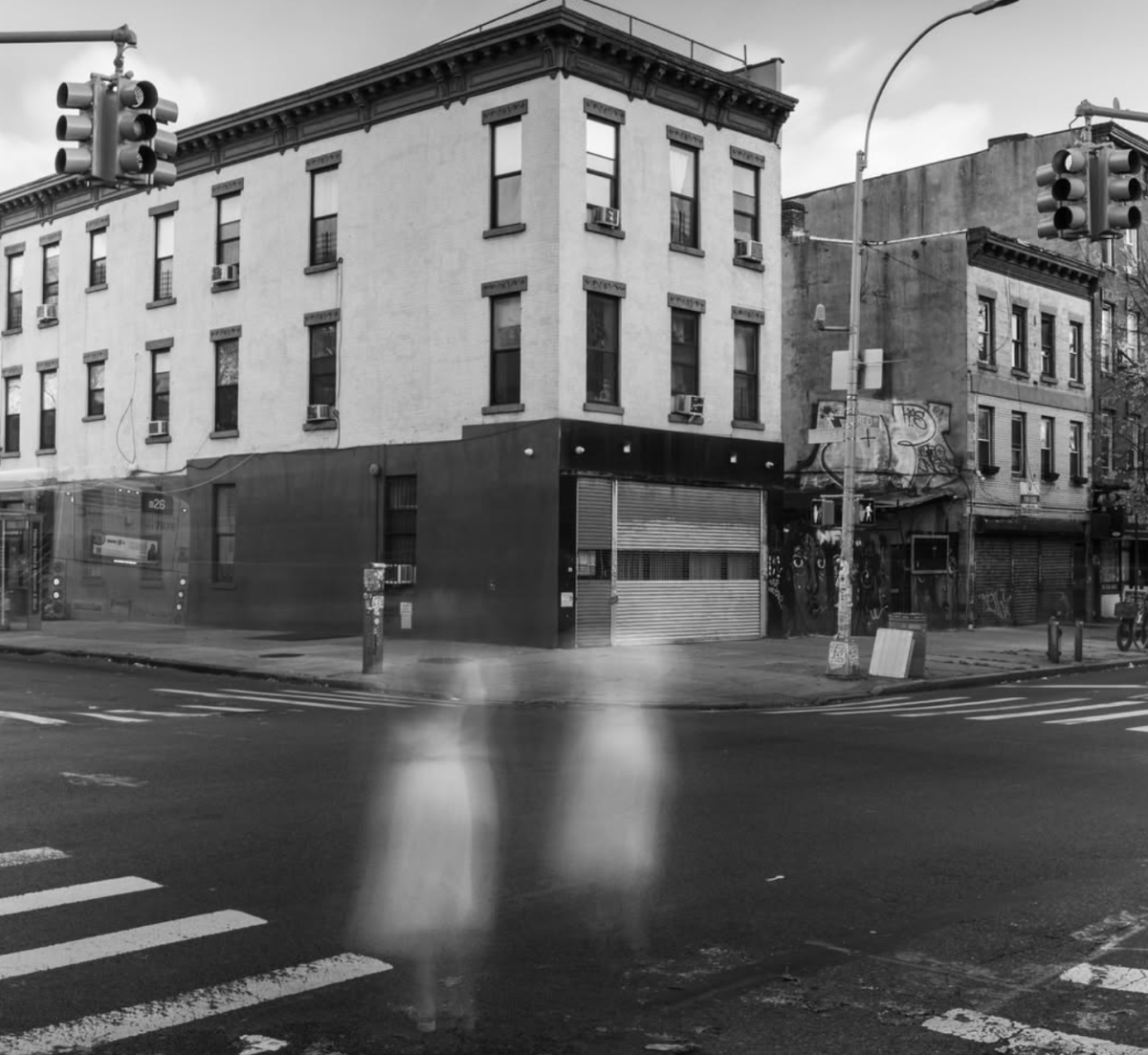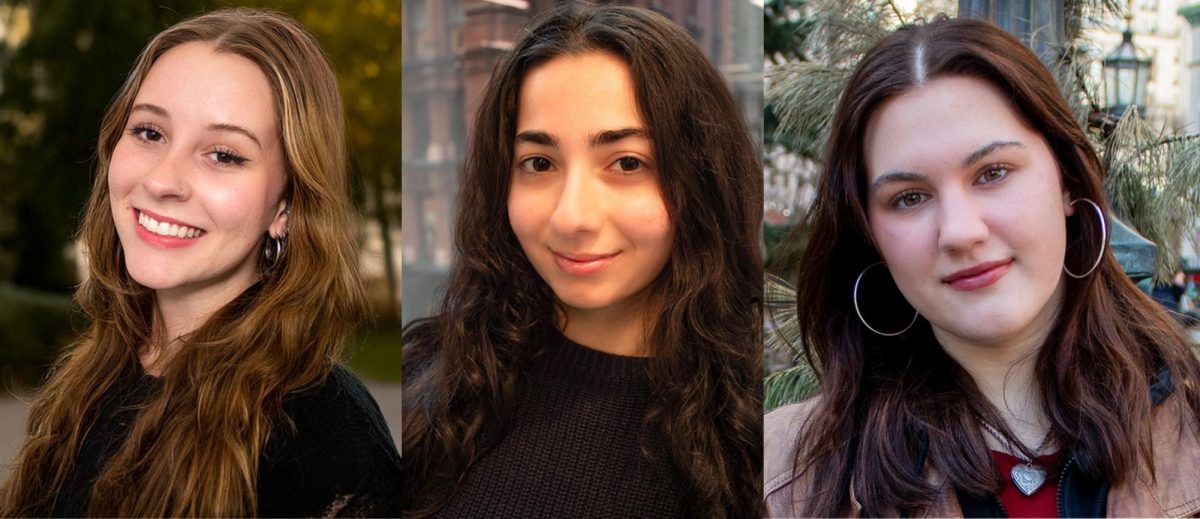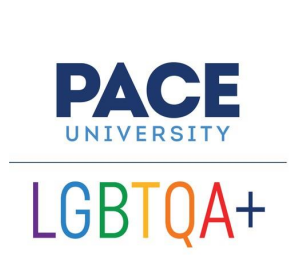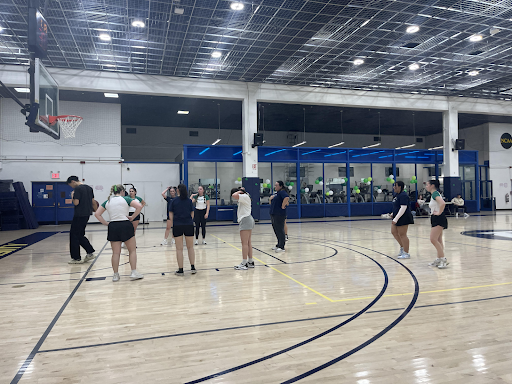The summer is in full swing, but that doesn’t mean the University campus has gone quiet. Among the bustling construction and everyday operations of the summer, incoming students and families are planning a trip to New York City for the 2018 orientation sessions.
While every student has experienced some form of orientation during their admittance to the University, not everyone has had the opportunity to look behind the velvet curtain. According to Associate Director of Student Development and Campus Activities Jemima Fortune, preparing for orientation is “a year-round process.”
The various orientation sessions serve as a general welcome to incoming students who plan to study at the University during their undergraduate career. In addition to introducing the students to the opportunities and resources the University offers, they are also encouraged to meet fellow students and create a connection with the next milestone in their life.
As incoming students are taking placement exams, finding a picture for their ID, or gathering a packing list, the New York City SDACA office is preparing intensely for the upcoming orientation session. The effort to succeed in this task is run by a group of six professional staff members, three student coordinators, and 21 orientation leaders.
Fortune comments on the importance of this team effort, saying, “The heart of the process is the orientation leaders and the SDACA staff. They know our mission and craft our visions and goals. Everyone plays a role and they are all important.”
The orientation staff is focused on creating a space for incoming freshman to feel at home and excited about their next four years as a Pace Setter. In order to succeed in this role of the first-year experience, the team spends the two weeks before the first orientation to train and complete the necessary steps in order to build a cohesive mission.
The first step in this process is team building. The 21 orientation leaders get to know each other through various team building exercises that develop the group to be “orientation ready.” The first day of training consists of a professional photo shoot and plenty of ice-breakers. The training preparation stresses the importance of having fun while completing a task, as well as choosing the energy that fuels the group towards the end goal.
Among the many challenges, Orientation Leader Lulu Daou says that the most difficult challenge was the ropes course the team completed during the beginning of their training. “I didn’t know I was going through the second hardest course. I was just following everyone else. I still did it though!”
Amid all the fun, the orientation team also fulfills committee work to complete the many tasks for orientation. Each committee is made up of five or more orientation leaders working on various programs, communications aspects, ceremonies, and surprise skits for the incoming freshman. In addition, training covers various inclusivity initiatives used to develop the skills orientation leaders need to develop a healthy community for all students. Orientation Leader Austin Napoleon says, “The most exciting part of preparing for orientation was training and getting to know my fellow orientation leaders. We created a very non-judgmental zone.”
All of this hard work creates a never-ending role that these student leaders take on throughout the summer and school year.
Of the students who choose to take on the challenge, Fortune says, “The orientation team is a gift that keeps on giving. They give to the students and allow them to grow and to give, themselves.”

